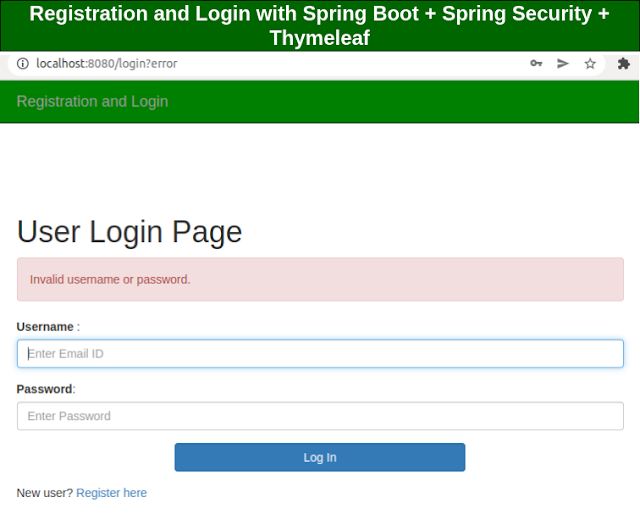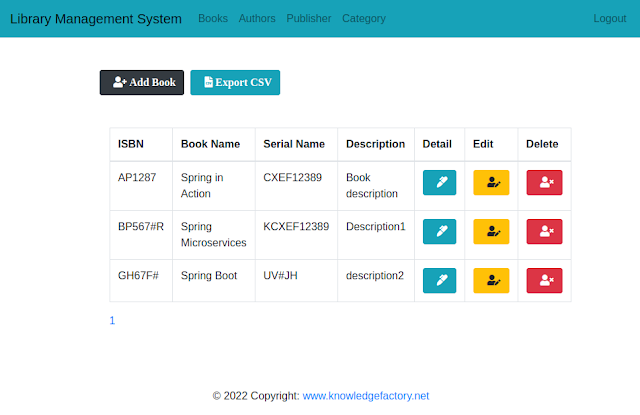Building a Smart Home Automation Dashboard using Python, Azure IoT Hub, and Azure Functions
Build a Smart Home Automation Dashboard using Flask, Azure IoT Hub, and Azure Functions to remotely control devices like lights, fans, and locks. This guide walks you through setting up IoT communication, processing commands, and deploying the solution on Azure Cloud for real-time smart home management.
Flow:
1️⃣ User sends a request via the Flask Web App.
2️⃣ Azure Function processes and forwards the command to Azure IoT Hub.
3️⃣ IoT Hub relays the command to the Smart Device (e.g., turn on a light).
4️⃣ Smart Device sends back a status update to IoT Hub.
5️⃣ Flask Web App receives the update and displays it to the user.
🌟 Overview
This guide will help you build a Flask-based web application that allows users to control smart home devices (lights, fans, door locks) remotely via Azure IoT Hub.
✅ Features:
- Turn ON/OFF lights, fans, and locks using a web dashboard
- Send commands to IoT devices via Azure IoT Hub
- Process commands using Azure Functions
- Display real-time device status
1️⃣ Prerequisites
✔️ Azure Subscription (Create Free Account)
✔️ Python 3.8+ installed
✔️ Flask Framework installed
✔️ Azure IoT Hub set up
✔️ Azure Functions Core Tools installed
2️⃣ Step 1: Set Up Azure IoT Hub
Create an IoT Hub
- Login to Azure CLI
- Create a Resource Group
- Create an IoT Hub
- Register an IoT Device
- Get Connection String
Save this connection string (it will be used in our Flask app).
3️⃣ Step 2: Create an Azure Function
Create a Function App
- Install Azure Functions Core Tools
- Create a New Function App
- Create an HTTP Triggered Function
Modify DeviceControlFunction/__init__.py
Replace with:
Deploy the Function
Copy the function URL (needed for Flask API).
4️⃣ Step 3: Build Flask Web App
Install Dependencies
Create app.py
5️⃣ Step 4: Create Flask UI
Create templates/index.html
6️⃣ Step 5: Run and Test Locally
- Start Flask App
- Open
http://127.0.0.1:5000/in your browser. - Click "Turn On Devices" or "Turn Off Devices".
- Check if the command is sent to Azure IoT Hub.
7️⃣ Step 6: Deploy Flask App to Azure
- Login to Azure
- Create an App Service Plan
- Create a Web App
- Deploy Flask App
- Access Web App
Visithttps://SmartHomeApp.azurewebsites.net/
🎯 Key Takeaways
✅ Flask Web App provides an interface for users to control IoT devices.
✅ Azure IoT Hub acts as a communication bridge.
✅ Azure Functions process commands and send messages to devices.
✅ Deployment to Azure Web App makes the solution accessible globally.









